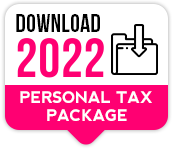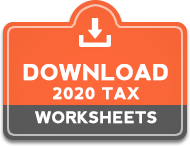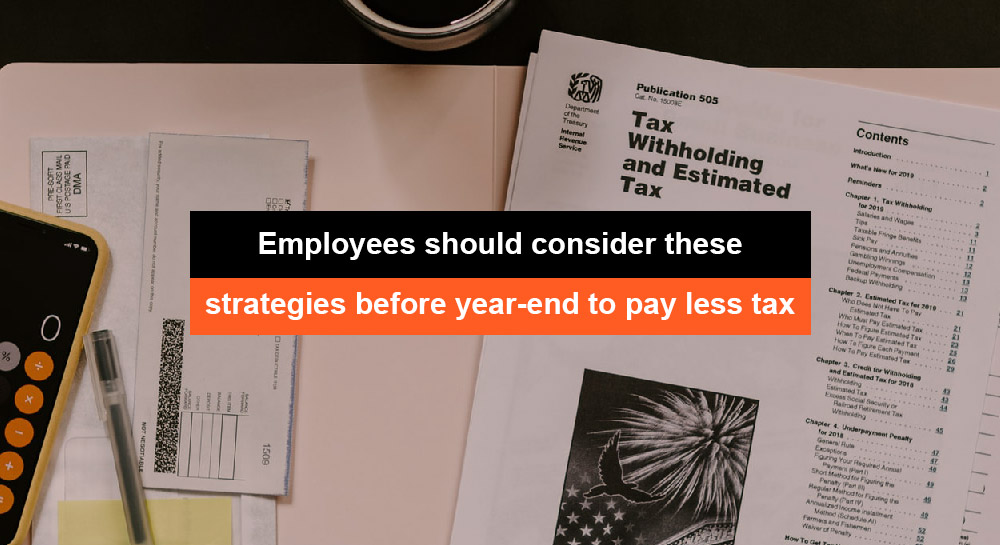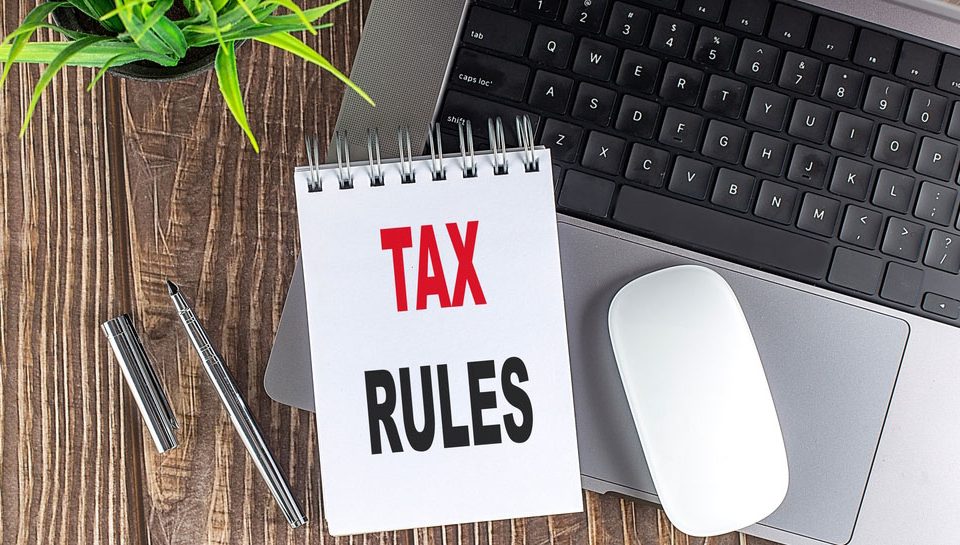
How recent tax changes and rulings may affect your stock option purchases
September 24, 2021
Year End TAX Planning 2021
December 9, 2021I recall years ago hearing about a teacher in New York who, by his own admission, had spent about 12 of the previous 15 years not working – but still collecting his full pay. The teacher was considered incompetent and insensitive, but because of employment protections and waiting for the outcome of various cases against him, he was still on the payroll. There aren’t many places you can work where your benefits include full pay without working.
In fact, employees here in Canada receive very few perks – from the taxman anyway. So, as an employee you should consider the following ideas before year-end to pay less tax.
COVID-19 federal benefits. You’ll need to act fast to take advantage of programs such as the Canada Recovery Benefit (CRB) or Canada Recovery Sickness Benefit (CRSB). These are amounts offered by the federal government for those affected by COVID-19 and not entitled to employment insurance benefits (for the CRB) or for those who can’t work because they are sick, need to self-isolate or have a health condition that puts them at greater risk of getting COVID-19 (for the CRSB). You only have until Oct. 23 to apply for these if you qualify.
Time your income. If you expect to be in a lower tax bracket next year, you may want to defer the receipt of certain amounts – such as a bonus – until January, 2022. This could save you taxes. Likewise, if your marginal tax rate is lower this year, you might speak to your employer about accelerating certain amounts to pay tax this year instead.
Reduce source deductions. If you expect a refund when you file your tax return each year, perhaps because of RRSP contributions, child care expenses, donations or other amounts, consider filing Form T1213, Request to Reduce Tax Deductions at Source, before year-end to reduce the taxes deducted from your pay in 2022. This can increase your take-home pay each payday rather than getting back the excess taxes as a refund when you file your return.
Home office expenses. If you work from home for any part of 2021, you can claim a deduction for that workspace using either the simplified method ($2 a day up to $400 – which is expected to be increased to $500 for 2021) or the detailed method. Either way, you may want to spend more days working at home or pay for certain deductible costs before year-end to maximize your claim (see my article, A Tale of Three Employees and Their Tax Savings Working from Home, March 18).
Gifts and awards. You’re able to receive non-cash gifts and awards from your employer with a total value of $500 or less each year and the gift won’t be taxable to you. In addition, your employer can pay a long-service award of $500 or less once every five years as a tax-free benefit to you. You might want to speak to your employer today about these types of awards for 2021.
Employee stock options. If you have stock options in a Canadian-controlled private corporation, you should consider exercising those options and claiming the lifetime capital gains exemption if you qualify. You must have owned the shares (not the options) for at least two years to claim the exemption, but you could set the two-year clock ticking by exercising your options now.
Employer-provided vehicle. If you drive a company car you may want to reduce the associated 2021 taxable benefits (the operating cost benefit and the standby charge benefit). You can reimburse your employer for some or all of the personal-use portion of the operating costs before Dec. 31, if your business use of the vehicle is less than 50 per cent or you reduce your personal use to less than 50 per cent by year-end. To reduce the standby charge benefit, consider reducing the number of days the car is available to you or decrease personal use of the vehicle by year-end.
Employment-related assets. Employees can deduct capital cost allowance (CCA) on personal assets used for work (including automobiles, aircraft and musical instruments). If you use any of these in your work and you’re thinking of buying a new asset, consider making the purchase before year-end. The reason? One-half of a full year’s CCA can be deducted in 2021, as long as the asset is available for use by Dec. 31. In addition, employed tradespersons and apprentice mechanics should consider purchasing eligible tools before the end of 2021 to qualify for a tax deduction.
Making a move. If you move at least 40 kilometres closer to your work in 2021, you may be able to deduct eligible moving expenses. In addition, you’ll generally face tax in the province or territory in which you reside on Dec. 31. So, if you’re moving to a lower-taxed province or territory, you should consider moving before year-end (or wait until early next year if you’re moving to a higher-taxed jurisdiction).
Tim Cestnick, FCPA, FCA, CPA(IL), CFP, TEP, is an author, and co-founder and CEO of Our Family Office Inc. He can be reached at tim@ourfamilyoffice.ca.







